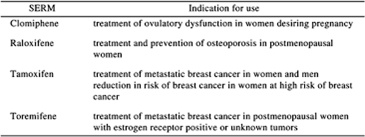A nurse is preparing to administer digoxin orally to a client. Identify the sequence of steps the nurse should take.
(Move the steps placing them in the order of performance. Use all the steps.)
Remove the medication from the dispensing system.
Compare the client's wristband to the medication administration record.
Open the medication package.
Document administration of the medication.
The Correct Answer is A,B,C,D
Choice A rationale:
The first step is to remove the medication from the dispensing system. This ensures that the nurse has the right medication and dose for the client. The nurse should also check the label of the medication against the medication administration record (MAR) at this point. Choice B rationale:
The second step is to compare the client's wristband to the MAR. This verifies the client's identity and prevents medication errors. The nurse should use two identifiers, such as name and date of birth, to confirm the client's identity.
Choice C rationale:
The third step is to open the medication package. This prepares the medication for administration and prevents contamination. The nurse should also check the expiration date of the medication before opening it.
Choice D rationale:
The fourth step is to document administration of the medication. This completes the medication administration process and provides a record of the client's care. The nurse should document the medication name, dose, route, time, and any relevant observations or outcomes.
Nursing Test Bank
Naxlex Comprehensive Predictor Exams
Related Questions
Correct Answer is C
Explanation
Choice A rationale:
Raloxifene is not used to treat urinary tract infections.
Choice B rationale:
Raloxifene is not used to treat deep-vein thrombosis.
Choice C rationale:
Raloxifene is a medication used to treat and prevent osteoporosis in postmenopausal women. It helps to prevent bone loss and reduce the risk of fractures.
Choice D rationale:
Raloxifene is not used to treat hypothyroidism; it's primarily focused on bone health.

Correct Answer is D
Explanation
Choice A rationale:
Increased fluid intake is not likely to change the color of urine and sweat caused by rifampin.
Choice B rationale:
Dialysis is not indicated for managing the red-orange discoloration caused by rifampin.
Choice C rationale:
Rifampin can affect liver function, but the red-orange discoloration is not primarily related to liver function.
Choice D rationale:
Red-orange discoloration of urine, sweat, and other body fluids is an expected side effect of rifampin and does not require any specific interventions.
Whether you are a student looking to ace your exams or a practicing nurse seeking to enhance your expertise , our nursing education contents will empower you with the confidence and competence to make a difference in the lives of patients and become a respected leader in the healthcare field.
Visit Naxlex, invest in your future and unlock endless possibilities with our unparalleled nursing education contents today
Report Wrong Answer on the Current Question
Do you disagree with the answer? If yes, what is your expected answer? Explain.
Kindly be descriptive with the issue you are facing.
